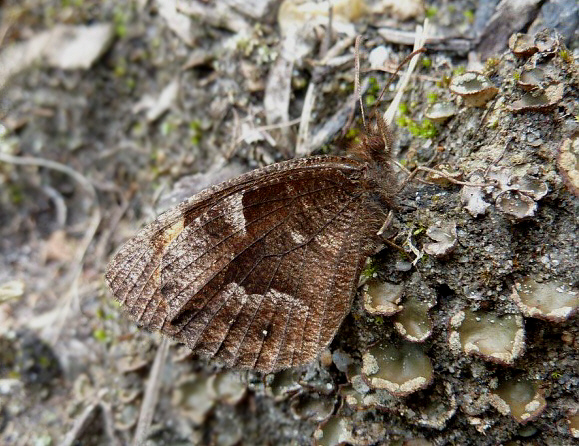
Introduction
There are 1100 known species of Satyrinae in the neotropical region. About 570 of these are placed in the subtribe Pronophilina – a diverse group of high altitude cloudforest butterflies, all of which are confined to the neotropical region. The vast majority are found only in the Andes, but 4 species are known from the Atlantic cloudforests of Brazil, and there are a further 6 species that are endemic to Guatemala, Costa Rica or Mexico. More oddly there is one genus Calisto that is found exclusively on the Caribbean islands of Cuba and Hispaniola.
The genus Parapedaliodes contains a single species parepa, which is restricted to Ecuador and Peru.
Habitats
As with other Pronophilina, this is a butterfly of the high Andes, found in stunted cloudforest, and transitional cloudforest / puna or paramo grassland habitats. It can occasionally be found as low as 2000m but is most frequently encountered between about 2600-2800m.
Lifecycle
I have no data specific to parepa. The lifecycle however is likely to be similar to that of the related genus Pedaliodes, as follows: The eggs are white and globular with minute vertical striations. They are laid singly or in pairs on the undersides of Chusquea (bamboo) leaves. The larvae when small are pale green with whitish longitudinal stripes along the back and sides. The head is brown with two bumps. Final instar larvae are straw coloured, with a series of pale and darker longitudinal stripes. The pupa is straw coloured, lightly mottled or flecked with brown, and suspended from stems.
Adult behaviour
In common with Pedaliodes and most other Pronophilines, parepa is not a particularly active insect. It spends long periods sitting on the ground with its wings closed, taking advantage of the reflected warmth to raise its body temperature.
